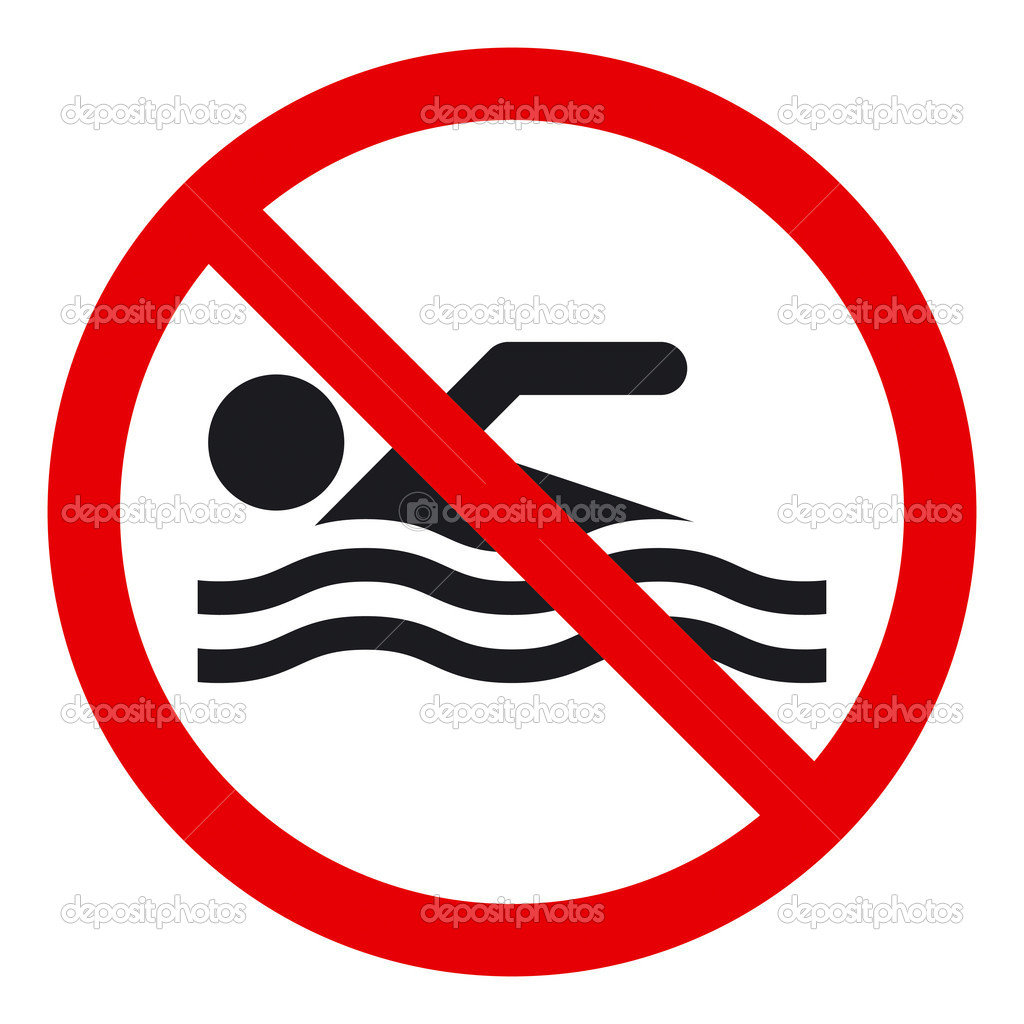The Chemo Months, April-August 2012
Soundtrack!
Remember the analogy from a few posts ago?
"Another way to think of MDS treatment is like this...Imagine your bone marrow as a beautiful lawn..
In MDS: You have something like crabgrass. The lawn is kind of weedy, but
its harder to treat the MDS "weeds" without hurting the healthy lawn too".
-- posted on the Marrow Forums by Ryan Jay
After a second visit to Duke, the decision was made to start on a course of Chemotherapy.
Decitabine, trade name
Dacogen, administered IV 5 days on, 28 off. It was basically a coin toss decision between Dacogen and Azacitidine, trade name
vidaza..
I had to get a through - hull fitting installed in my chest for ease of administering poisons and meds. I got
a 'Power Port", rated at 300 psi for dye injection through a small bore needle!
My good friend and Band-Mate from the "Jumpin' Mulletts" Doug Hugill had one installed for his chemo, and he gave me a good tip about placement. Here in Cartert County, the default location is the
left upper chest, between your shoulder and your collarbone, so that it will not be in the way or get bruised when a right handed person fires a shotgun!
But the left side would impinge on my fiddle playing, so I made sure the surgeon put an X in magic Marker on my
right side before the implant.
So my Port is on my Starboard Side, which is counter intuitive, but then again, my Mate is a Captain.
The Best Basic Chemotherapy Information site I have found is
Here
I have a rudimentary understanding of how it works-
Basically it is an attempt to lock a rapidly dividing gene's switch in an off position by creating an altered methylated chemical environment. The healthy fast- dividing cells are your hair, the squamous cells in your mouth, some in your gut, and your blood cells, hence the usual hair loss, mouth sores, diarrhea.
You Geeks can learn lots more too, click here
How DACOGEN is Designed to Work and then here
Methylation.
The chemo did not affect me as much as I had anticipated it would, didn't loose my hair, didn't puke too much, but those are the side effects. The intended effects of the Dacogen worked great, and my blood counts plummeted. Chemo patients talk about the Nadir point, or Nadiring out. That refers to is low point of the roller coaster ride, and for me it was about 12 days after starting a cycle. At one point my platelet count was 2, my Hemoglobin in the 7's, and my neutrophils virtually absent. Transfusion time again, two units Packed Red Blood Cells, maybe a bag or two of platelets.
Good explanation of
Nadir click here.
The opposite of the nadir is the "Best Response"
Mine would come about day 21, three weeks into the chemo cycle.
INFECTIONS
10 days into the first cycle, with no white cells to fight infection, I presented with the wonderfully alliterative "ulcerated uvula".
Saturday Night Live Uvula Skit Gilda, Chevy, Lorraine ( thanks for reminding me Mel) .
That was remedied by some abx and a mouthwash.
And (with apologies to our Aussie readers) in the land down under, I developed a perirectal abscess. This required surgery to lance and drain, creating an anal fistula, and antibiotics to get rid of the infections. Sigh...a literal pain in the ass. Separate post to follow
The first week of chemo, before the poison kicked in, I felt ok, and could do some work,
play out if we had a gig, and eat fairly normal meals. The middle two weeks of the month would often
find me almost bedridden, and somewhat incapacitated, taking antibiotics. By the last week I was getting around and functional again, just in time to start the next round of Chemo.
And so began the cycle. Chemo, nadir out, get transfused,, get infections, take antibiotics, feel ok for two week, then hit it again.
THE INFUSION CHAMBER
Serving up the Dacogen and other pharmaceuticals, and Blood Products was Luis, the Chemista extraordinaire.
He saved my life once during a transfusion. More on that in a later post about transfusions.
Luis is one of the most knowledgeable people I have met at the Raab Clinic. He is certainly the most personable, but as the only male nurse on site he is often called on to lug stuff and help wheelchair patients, and tasks
way outside of his job description, like fixing the little mood fountains outside the transfusion chamber window, and helping patients figure out how to get on the wi-fi , or work their new computers. Here he is at his post.
So that brings us up to August 2012 when we decided to knock off the chemo for a while and hopefully break the infection cycle.
The idea was that if we quit knocking down my white cells, that the fistula might heal, and I could start another cycle of Chemo, more aggressive. It didn't heal and I had to have surgery in October. We pumped me full of Aranesp and Neupogen, got transfused, and had the surgery.
It took about two months to get over that, and then it was back to watching and waiting.
Every Monday morning I went to the Raab Clinic for blood labs, a
CBC w/man dif , a shot of neupogen to stimulate my whites, a shot of the miracle Lance Armstrong doping scandal Aranesp to stimulate reds, and some banter with the nurses, staff, and some of the other regulars, while waiting to see what my numbers were. If the hemo-goblins were there in force, and there were a few platelets, I could plan the rest of the week. If not, then transfusion time.
Next up, the operation, the recovery, the winter, and we will be in the present.





















.jpg)










.jpg)














